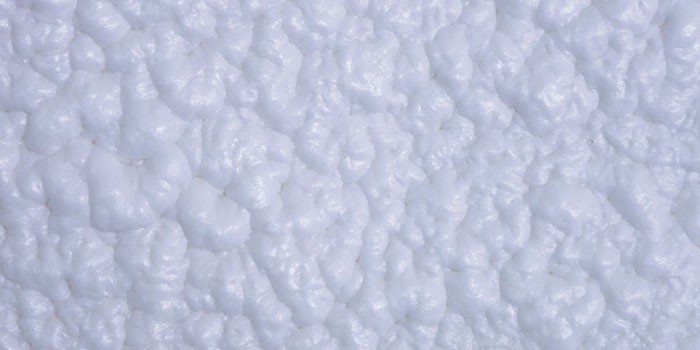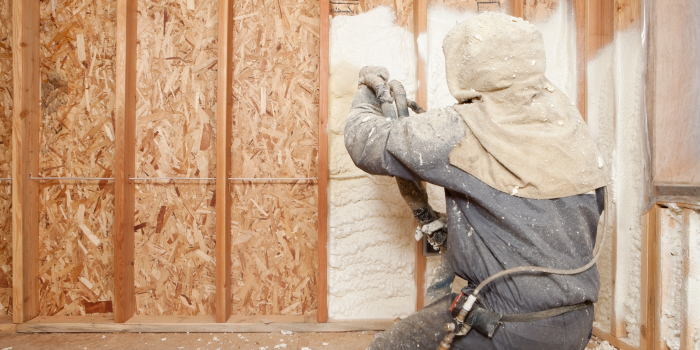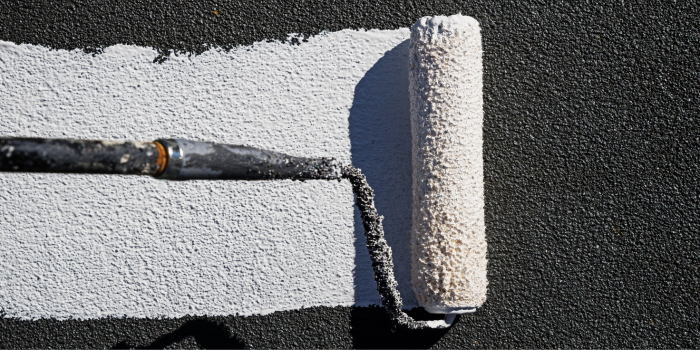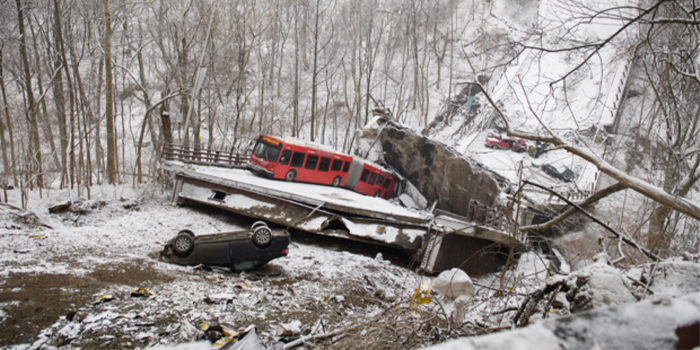
IFTI Answers Frequently Asked Questions about Spray Foam
So many people ask us, “can spray foam insulation be left exposed?”
DC315 Thermal and Ignition Barrier for Spray Polyurethane Foam (SPF)
DC315 is a fully tested and approved intumescent coating to meet alternate 15-minute Thermal Barrier and Ignition Barrier protection over Spray Polyurethane Foam (SPF). DC315 meets IBC/IRC codes in the USA, Canadian NBCC and many international Building Code Requirements.
Building Code Fire Performance Requirements for SPF: The International Building Code (IBC) mandates that SPF be separated from the interior of the building by a 15-minute thermal barrier, or other approved covering. DC315 Carries IAMPO ER-0499 Evaluation Report confirming that DC315 meets IBC and IRC Code Requirements. DC315 has also been tested as an ignition barrier under AC 377 Appendix X.
SPFA -126 – Insulation – Fire Protection ©SPFA 2016 Page 6 of 19
WHY DO CODES REQUIRE THERMAL OR IGNITION BARRIERS?
SPF (spray polyurethane foam), like most other organic materials, is Combustible. SPFs are formulated with flame retardants to meet the requirements of various construction codes and performance standards. Some common fire tests are ASTM E84, UL723 and others; however, the flame-spread and smoke developed indexes
from these tests are used solely to measure and describe properties of products in response to heat and flame under controlled laboratory conditions. The numerical flame-spread and smoke developed indexes are not intended to reflect hazards presented by SPFs or any other material under actual fire conditions. When exposed to fire sources, such as trash fires, welding arcs, cutting torches or red-hot metal, unprotected SPF can ignite and may result in a flash fire.
Although burning SPF will form a surface layer of less flammable char, the initial burning can produce combustible gases and black smoke. In confined interiors, these combustible gases can accumulate and ignite, resulting in flashover, a dangerous fire situation. Under these
conditions, additional foam and other combustibles can become
involved in the fire, creating additional combustible gases and feeding the fire. For these reasons, and to allow sufficient time for occupants to escape a fire, model building codes require SPF to be covered by thermal barriers or ignition barriers, or to have the SPF assemblies meet large-scale fire tests. Many assemblies without thermal barriers have earned various building code acceptances as an alternate to the use of thermal barriers over SPF based on large-scale fire testing. The assembly, consisting of either the exposed foam plastic or the foam plastic with a fire-protective product, is tested using one of the following procedures and termed an “alternative thermal barrier assembly”:
- NFPA 286
- UL1715
- FM 4880














